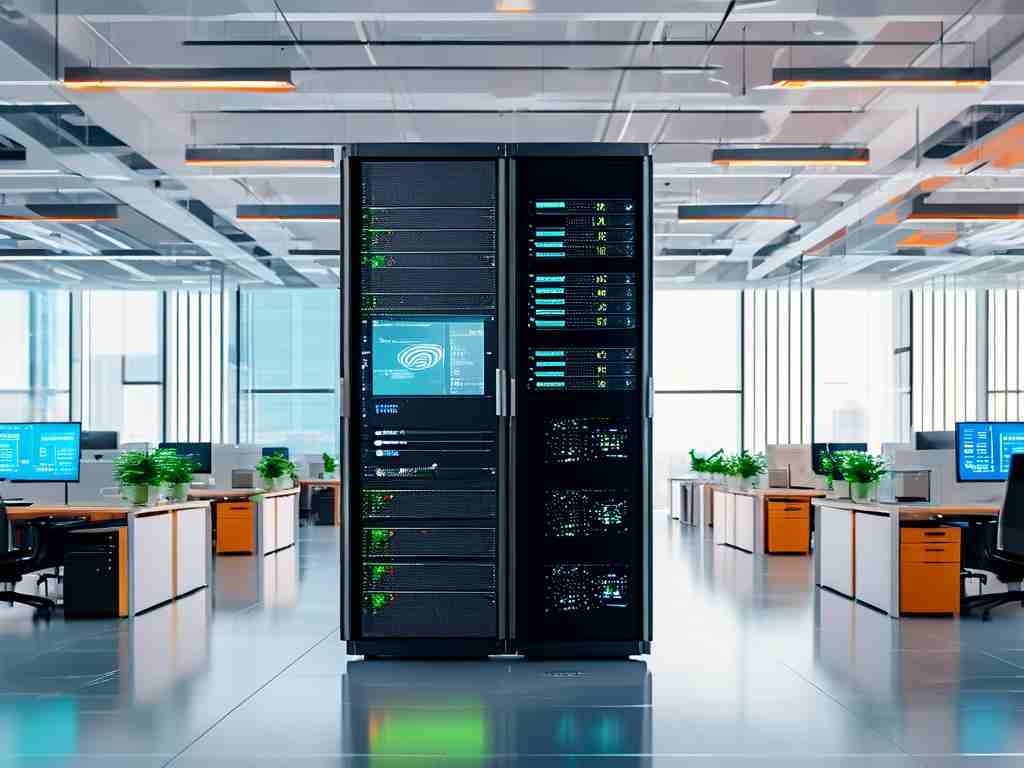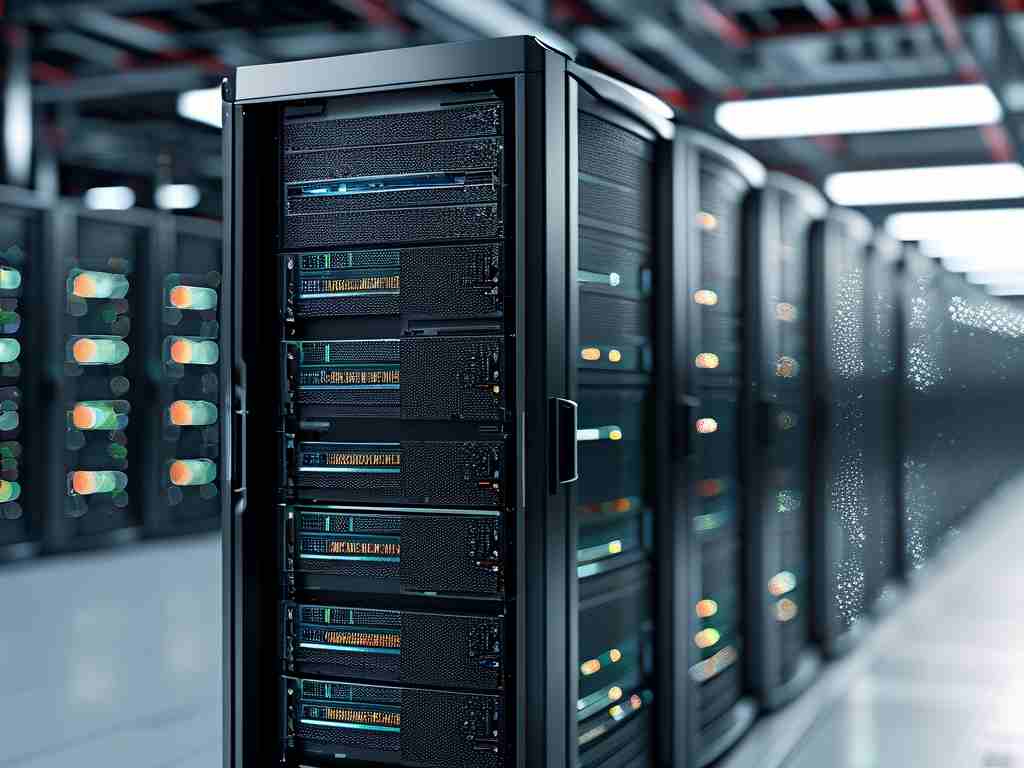As enterprises accelerate their digital transformation, Huawei Cloud Container Engine (CCE) has emerged as a pivotal platform for managing containerized applications. This article explores practical automation deployment methodologies for Huawei CCE, offering technical insights and implementation patterns to optimize cloud-native workflows.

The evolution of cloud infrastructure demands smarter deployment approaches. Huawei CCE's native support for Kubernetes provides a robust foundation, but true efficiency emerges when combining this with intelligent automation frameworks. Through API-driven configuration and infrastructure-as-code (IaC) principles, teams can achieve reproducible environment setups across development, testing, and production stages.
A core component of CCE automation lies in its Terraform integration. By defining cluster parameters through HCL configurations, engineers can execute precise environment replication:
resource "huaweicloud_cce_cluster" "prod_cluster" {
name = "auto-scale-prod"
cluster_type = "VirtualMachine"
flavor_id = "cce.s2.medium"
vpc_id = var.vpc_id
subnet_id = var.subnet_id
container_network_type = "overlay_l2"
}
This code snippet demonstrates cluster provisioning with specific network configurations and resource profiles – a template that can be version-controlled and modified for different environments.
CI/CD pipeline integration forms another critical layer. By embedding CCE deployment tasks into Jenkins or GitLab workflows, organizations enable automatic image updates and rolling deployments. The Huawei SWR (SoftWare Repository) seamlessly connects with CCE, allowing teams to trigger container updates through image push events while maintaining deployment history through Kubernetes' native rollback capabilities.
Security automation presents unique challenges in container orchestration. Huawei CCE addresses this through automated certificate rotation mechanisms and RBAC policy generators. The platform's built-in security scanner integrates with deployment pipelines to block vulnerable images from reaching production, creating a security gate without manual intervention.
Monitoring automation completes the operational picture. Through Huawei Cloud Eye integration and custom Prometheus configurations, CCE deployments automatically generate performance dashboards and alert rules. This enables teams to implement auto-scaling policies based on real-time metrics:
apiVersion: autoscaling/v2beta2
kind: HorizontalPodAutoscaler
metadata:
name: web-app-autoscaler
spec:
scaleTargetRef:
apiVersion: apps/v1
kind: Deployment
name: web-frontend
minReplicas: 2
maxReplicas: 10
metrics:
- type: Resource
resource:
name: cpu
target:
type: Utilization
averageUtilization: 60
Real-world implementations reveal significant efficiency gains. A financial services provider reduced deployment errors by 78% after implementing CCE automation, while an e-commerce platform achieved 50% faster scaling response during peak traffic periods. These cases underscore the operational impact when combining Huawei's robust container platform with thoughtful automation design.
However, successful automation requires addressing hidden complexities. Environment-specific variables management through Huawei's Parameter Store, secrets handling via KMS integrations, and multi-cluster deployment strategies all demand careful architectural planning. The solution lies in creating modular automation templates that separate environment configurations from core infrastructure code.
As Huawei continues enhancing CCE's API capabilities, new automation frontiers emerge. Emerging techniques include machine learning-driven resource forecasting for proactive scaling and blockchain-verified deployment audits. These innovations promise to further compress deployment timelines while enhancing system reliability.
For teams embarking on CCE automation journeys, a phased approach proves most effective. Begin with basic cluster provisioning automation, gradually incorporating security controls and monitoring integrations before tackling advanced scenarios like multi-cloud deployments. Huawei's extensive documentation and developer community provide crucial support throughout this maturation process.
Ultimately, Huawei CCE automation represents more than technical convenience – it's a strategic enabler for agile business operations. By systematically removing manual processes from cloud deployments, organizations unlock faster innovation cycles while maintaining operational rigor in increasingly complex cloud environments.









